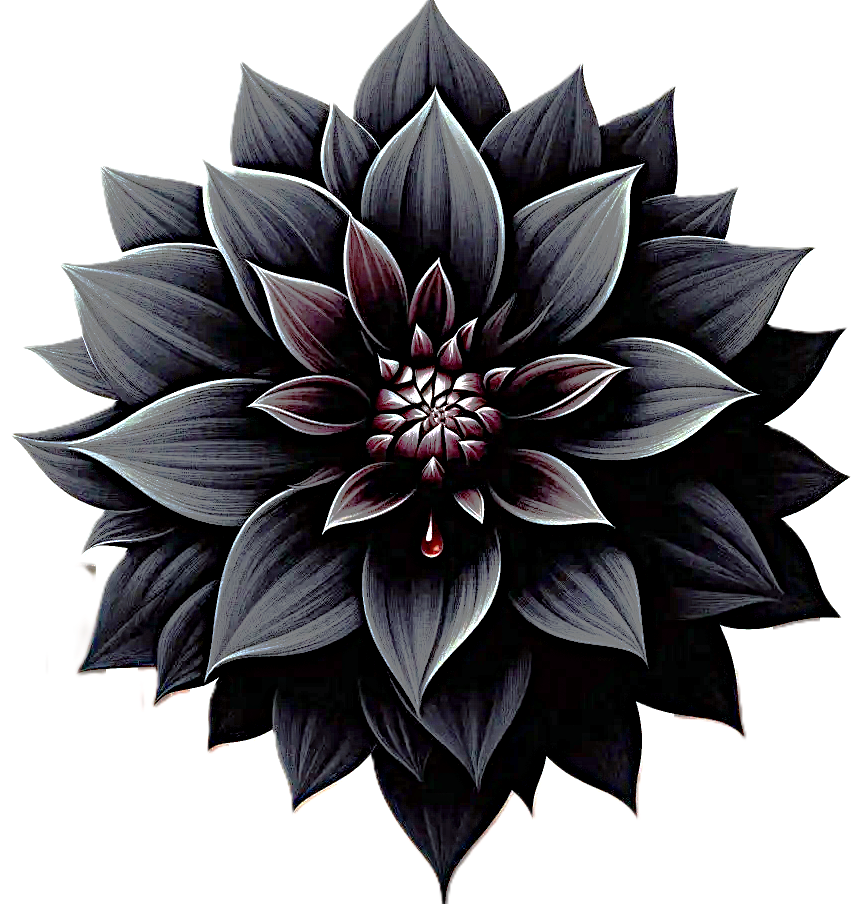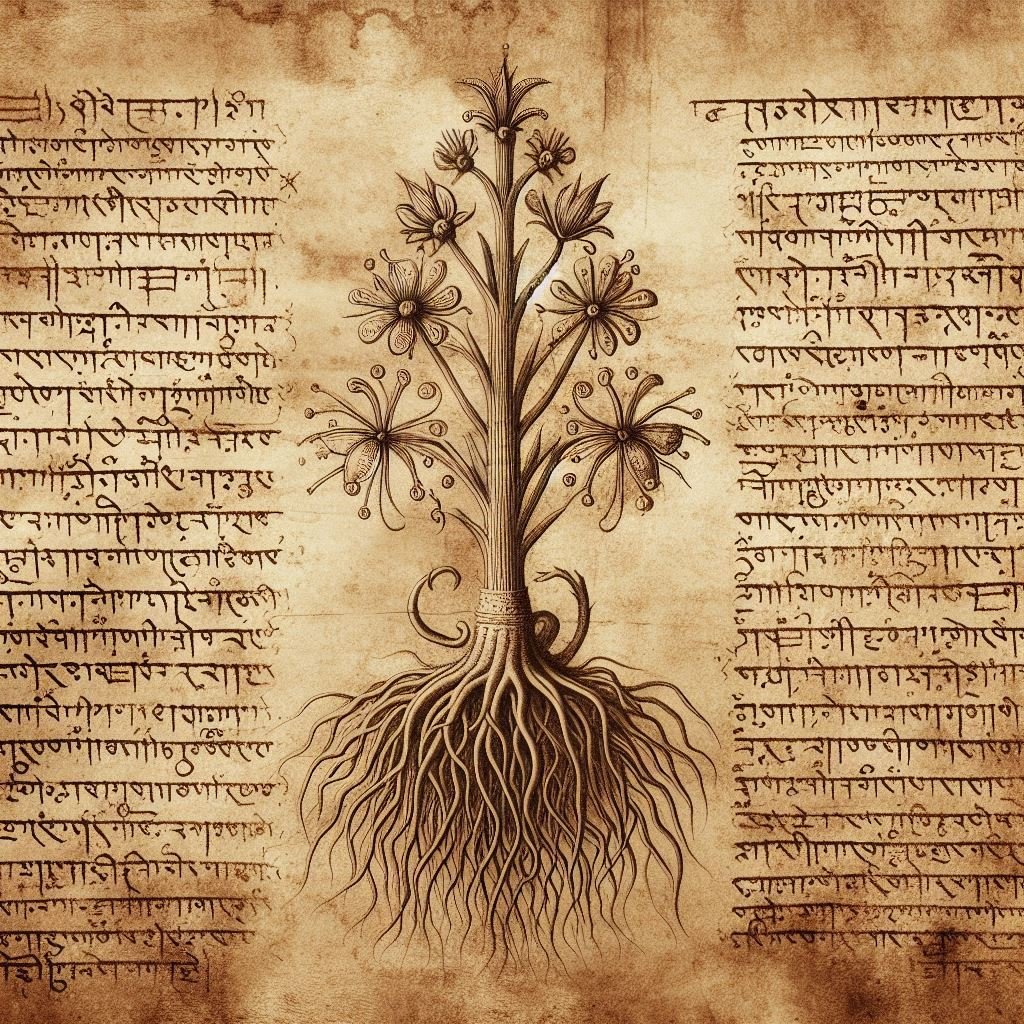Listen to “Unreadable Book” on Spreaker.
Imagine this…
You’re standing in a dimly lit room. In front of you, on a wooden table, sits an ancient book.
Its cover is plain — no title, no fancy designs — just an old, yellowed binding that looks like it’s been handled for hundreds of years. You reach out, run your fingers across it, and you can feel the ridges of the vellum — that’s treated animal skin — still smooth in some spots, but cracked in others.
You open it.
The first page is filled with handwriting. Elegant. Flowing. But it’s… wrong. It’s not English. It’s not Latin. It’s not any alphabet you’ve ever seen. The letters — if you can even call them letters — twist into shapes that make no sense.
You flip the page.
Now, there’s a drawing.
A plant. But not one you’ve ever seen before. The stem curls like a corkscrew. The leaves are jagged and impossible. And the flowers — they’re bursting with colors, but shaped like nothing that exists on Earth.
You turn another page and see a star map — except the stars are arranged in patterns that don’t match any known constellation.
Another page — this one filled with naked women standing in strange pools, connected by thin tubes like some kind of bizarre plumbing system.
You close the book, your hands shaking.
This is not fiction. It’s real. And for centuries, the smartest people in the world have been trying — and failing — to understand it.
This… is the story of the Voynich Manuscript. And it’s one of the most frustratingly unsolved mysteries in human history.
The Discovery
Our story doesn’t start when the book was written. We don’t know when that was. We don’t know where. We don’t know who. Instead, our story begins in 1912, in a quiet Jesuit college library in Frascati, near Rome.
Wilfrid Voynich, an antique book dealer with a knack for finding rare treasures, was searching the shelves when something caught his eye.
It was small, about nine by six inches, and didn’t look particularly special from the outside. But when he opened it, he instantly knew he had found something extraordinary.
Inside were roughly 240 pages — though a few were missing — all filled with strange, looping script and hundreds of hand-painted illustrations. The pages were made of vellum, still surprisingly well-preserved for their age. And the script… no scholar, in all of Voynich’s experience, had ever seen it before.
The writing went from left to right. The lines were perfectly spaced. The penmanship was so consistent it looked like it had been done by a professional scribe. But the alphabet? It didn’t exist. No one knew what the letters meant — or if they were even letters at all.
The drawings only deepened the mystery. Some showed bizarre plants that looked almost like real species but then had leaves growing from the roots, flowers blooming sideways, or stems curling into impossible shapes. There were star charts that didn’t match any known sky from any time period. And there were the women — tiny, naked figures drawn in bright green and blue ink, sitting in baths, connected by tubes, some with distended stomachs. It was part medical diagram, part fever dream.
Voynich was hooked. He bought the manuscript and took it home, convinced he’d stumbled upon a treasure of lost knowledge — maybe something about alchemy, medicine, or ancient science. What he didn’t know was that this book was about to consume the rest of his life… and countless others.
The Sections of the Manuscript
Scholars who studied the book later found that it could be divided into sections. The first seemed to focus on plants — strange hybrids, some possibly inspired by real herbs, others completely unknown. Another section appeared astronomical, filled with circular star charts, suns, moons, and constellations that no astronomer could recognize. Then came the unsettling biological section, where naked women floated in interconnected baths, linked by strange plumbing systems, some appearing pregnant or with their internal organs drawn in. There was a cosmological section with massive fold-out diagrams, possibly maps of the universe or philosophical concepts, so complex they resembled alien blueprints. Near the end, there were pages that seemed pharmaceutical — roots drawn next to jars and vials — followed by what looked like recipes: short paragraphs of text, each marked with a star or flower symbol, as if they were instructions for something… if only anyone could read them.
The Unreadable Script
The real heart of the mystery was the writing itself. The script contained between twenty and thirty unique characters. Some looked a little like Latin letters. Most were completely unfamiliar.
Strangely, the text behaved like a real language. Statistical analysis showed that certain characters appeared with regular frequency, just like vowels and consonants in English. There were repeating words, rules about which letters could appear where, and an overall structure that suggested it wasn’t random. But despite all of that, no one has ever translated even a single word.
Some of the world’s best codebreakers have tried and failed. William F. Friedman, one of the most legendary cryptologists in history, spent years on it before admitting defeat. John Tiltman, a British codebreaker from Bletchley Park, hit the same wall. Even modern supercomputers, capable of scanning patterns in seconds, have gotten nowhere. It’s almost as if the book doesn’t want to be read.
The Codebreakers’ Curse
Without a translation, all we have are theories. Some say it’s an elaborate hoax, created centuries ago to trick a wealthy patron into believing they were buying a book of secret knowledge. Others think it’s written in a lost language — something that disappeared before anyone could record it, meaning without a “Rosetta Stone” we may never understand it. There are those who believe it’s a cipher, hiding real information behind layers of encryption whose key has been lost. And then there are the more outlandish ideas — that it’s the work of aliens, time travelers, or a magical grimoire.
The illustrations add even more questions. If the plants are real, where did they grow? If the star maps are accurate, what sky were they mapping?
The Theories
Part of what makes the Voynich Manuscript so captivating is that it’s not just a legend. It’s not like Atlantis or the Fountain of Youth — it’s a real, physical object you can hold. It exists. You can touch it. You can turn its pages. And yet it remains silent, refusing to give up its secrets.
Every failed attempt to crack it, from the brightest human minds to the fastest computers, only makes it more alluring. It’s the ultimate riddle — one that feels like it’s daring you to try, knowing you’ll fail.
The strange, alien-like illustrations are beautiful and unsettling at the same time. And perhaps the most haunting thought of all is that this might just be one of many pieces of knowledge from the past that have been lost forever.
Where is it?
Today, the Voynich Manuscript sits in the Beinecke Rare Book & Manuscript Library at Yale University. It’s been scanned, photographed, studied to death. And still… nothing.
So what do you think? Is it a hoax? A lost language? An unbreakable code?
Let me know in the comments.
And until next time — stay curious, and keep an open mind.




